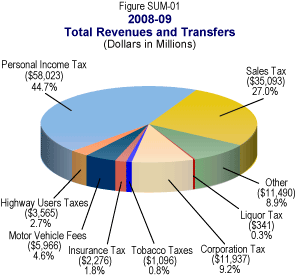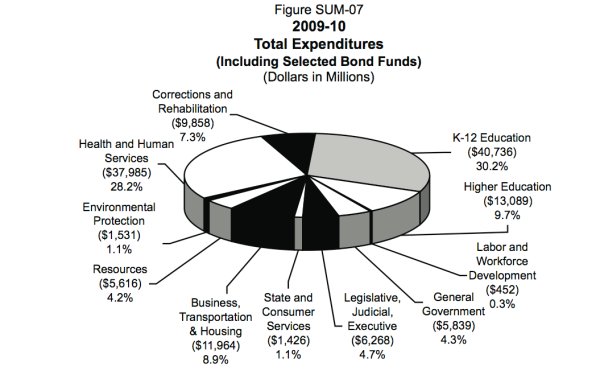I have often complained that ditches and mud have been the most irritating part of the building process. Today the electric company dug the last ditch to bury my power cable. The house now has power. If it doesn’t rain this evening, I hope to get an exterior photo of the lit-up house at dusk.
Day lilies
Busy, busy, busy
I haven’t had much time to post lately. I’ve been busy with a long list of things that need to be done to get the house ready for the final inspection. Plus I had a visitor from California last week. Above: A new chicken feeder ordered from Randall Burkey has made it much easier to keep the chickens’ food clean and cut down on waste. Floor level troughs don’t work very well. This one is suspended from a wire.
The baby squash are coming along.
Basil, a bug, and a squash tendril
The view toward the North Carolina Piedmont from Fox Hunter’s Paradise on the Blue Ridge Parkway. My friend from California and I went for a little road trip to the New River Valley of Virginia.
Some perspective on California's budget
Those who like to bash California have been tsk-tsk’ing at California’s budget problems, trying to blame California’s “public sector.” California’s budget shortfall, at present, is estimated to be about $22 billion.
For comparison, the bailout of one bank alone — Citicorp — means that American taxpayers have now given $60 billion in direct assistance to Citicorp, plus $340 billion in guarantees. That comes to $400 billion, to one private bank! So far, the United States government has made about $12.7 trillion in guarantees and other financial commitments to private interests — Wall Street.
Another bit of perspective: During the California “energy crisis” of 2000 to 2001, Enron and other private interests ripped off Californians for between $30 billion and $70 billion, depending upon where one gets the numbers. Enron, by the way, paid no federal income taxes in most years and even used gimmicks to get tax rebates.
The reason California has a budget problem is that its revenue has fallen off a cliff because of the economic catastrophe brought to us by Wall Street. Last month, sales tax revenue in California was down 51% compared with last year, and personal income taxes were down 44% compared with last year. Californians are not making much money, and they aren’t spending much money.
If you look at the pie chart for California’s revenue, it’s pretty obvious which sector of the economy is not paying its fair share. California could easily fix its budget problem by increasing corporate taxes.
All the noise about public spending and the public sector is propaganda, distortion, and distraction. It’s unregulated greed and a corrupt Congress that we need to focus on.
Kitchen cabinets
I haven’t felt inspired to take a lot of interior photos because there’s still so much missing detail, clutter, and a saw table in the middle of the living room floor. But here’s a preview of the kitchen cabinets, which my brother finished last week. With luck, the plumbers will install the dishwasher and faucets tomorrow. The electrician also should be here tomorrow to hook up the switches, receptacles and light fixtures. I’m seeing a light at the end of the tunnel.
These cabinets, by the way, are all hand made by my brother, though he jobs out the door panels. The wood is maple, with a varnish finish.
Chicken gym
Formerly I had a ramp, with toe-holds, for the chickens to move from upstairs to downstairs. But, for whatever reason, they would use the ramp to go up, but they would refuse to use the ramp to go down. So today I put in small pine limbs arranged as steps, hoping that the limbs feel safer and more instinctive for them. They used them to go up this evening. I guess we’ll see in the morning whether they’ll use them to come down.
The chickens love to perch. They also are fascinated by anything new and interesting that shows up in their chicken house.
Their egg nest has been installed now. The hens are supposed to lay when they’re five months old. Eggs in August!
Tulip poplar
The tulip poplar, Liriodendron tulipifera, is one of the most common trees in the Carolina woods. It’s also one of the tallest. According to the Wikipedia article, it grows up to 165 feet tall in virgin Appalachian forests. I have a lot of them in my woods and around my house. These trees like a lot of light, so they do well at the edge of woods, or standing alone in the open.
These photos were taken from a ladder. The blooms are rarely found close to the ground.
Le honeysuckle nouveau est arrivé!
Dealing with downpours
Grass after today’s downpour: If I’d had it last year I’d have saved some soil and some hard work.
One of the things I’ve learned from building a house is that half the problem, both for the house and the landscaping, is water security. Rain comes in two types, I figure. Just plain rain, which gets to everything that is exposed. And downpours, which can cause heavy runoff and ugly damage.
Here in the South, downpours are common, especially from thunderstorms. Early last summer, almost three inches of rain fell in a violent storm one night before I had established ground cover. The result was ugly and depressing — muddy gullies, parts of the driveway washed out, and young grass washed away before its roots were deep enough to hold on. I’m on a steep hillside. Simply holding the soil has to be my first priority. That’s one of the reasons I’ve not cut my grass. But even when the landscaping is mature enough to not wash out during a downpour, one wants to hold as much water as possible, let it sink into the ground, and either feed the underground aquifer or cause something to grow.
Today just before sunset we had a downpour of between a half an inch and three-quarters of an inch in less than an hour. I did what I always do after a heavy rain. As soon as the rain stopped, I did a walkaround to see how the water was flowing and how things held up. This downpour caused no trouble. No soil washed away. And the tall grass captured a lot of the water so that there really wasn’t much runoff.
Ultimately, with terracing, thick vegetation, and healthy soil, I would like to be able to capture virtually all the water that falls here, with as little runoff as possible. Rain should stay put and make something grow, not run down the hill in a gully.
This bank on the uphill side of my driveway was my most difficult runoff problem. It was nothing but a muddy scar after the driveway was made last spring. Now it’s covered with talls grass and lots of day lilies.
The driveway culvert: running clean and light after a heavy rain
The uphill side of the driveway: not much runoff, even though there’s quite a large watershed above it, and no mud flowing
A number we've been looking for: 2.3%
Corporations and their propagandists are always complaining, with great shrillness, that the United States has one of the highest tax rates in the developed world (35%). To which advocates for tax fairness always reply: Nominal tax rates are one thing, but actual taxes paid, because of loopholes and shelters, is something else again. To figure out just how much in taxes big corporations (and rich people) pay is very, very difficult. It’s one of the things that they very, very much don’t want working people to know.
Here’s a number in the Washington Post story on Obama’s plan to put an end to offshore tax havens:
“The tax havens allow major U.S. corporations to pay taxes on only a fraction of their profits. According to 2004 numbers, the most recent the administration has on hand, U.S. multinational corporations paid an effective tax rate of 2.3 percent on $700 billion in profits.”


